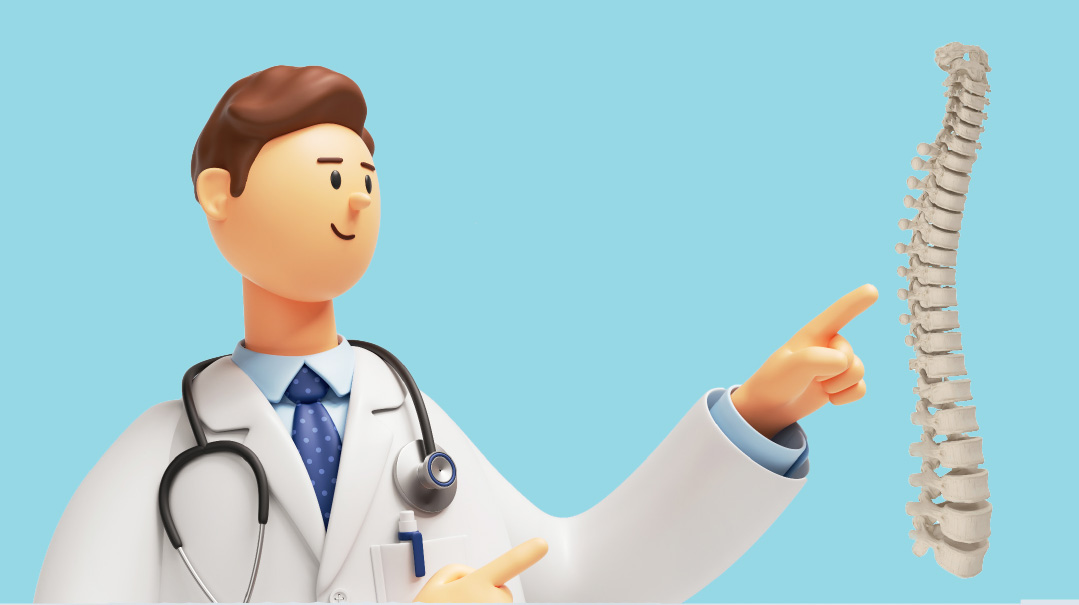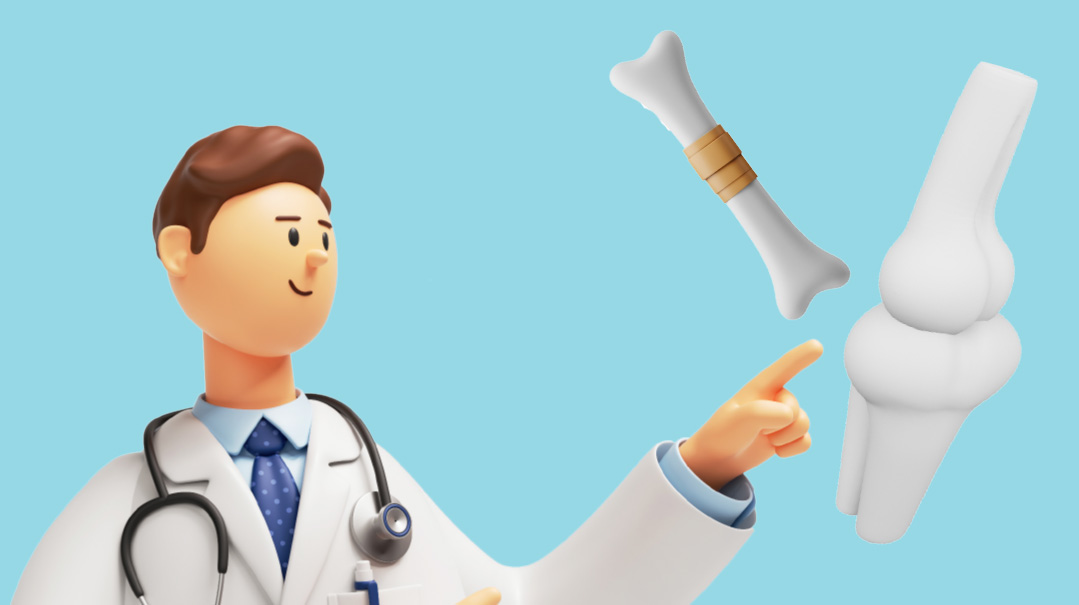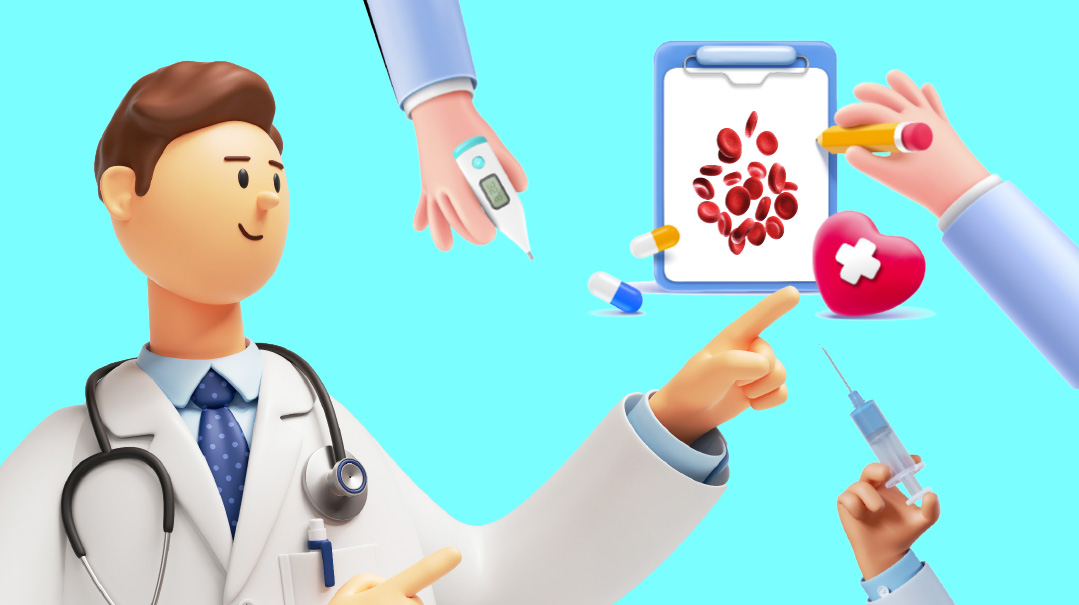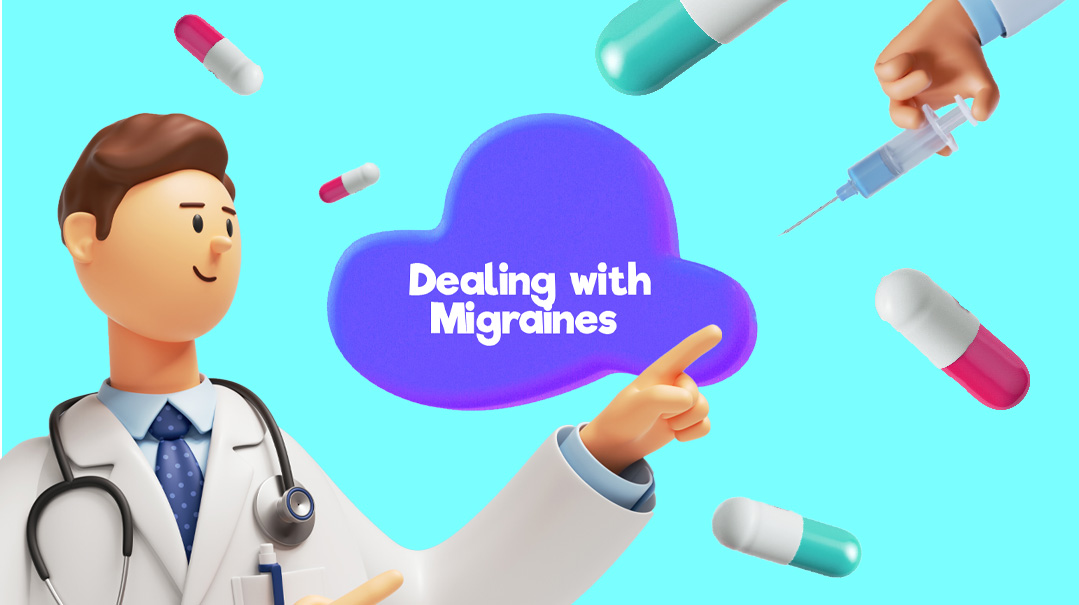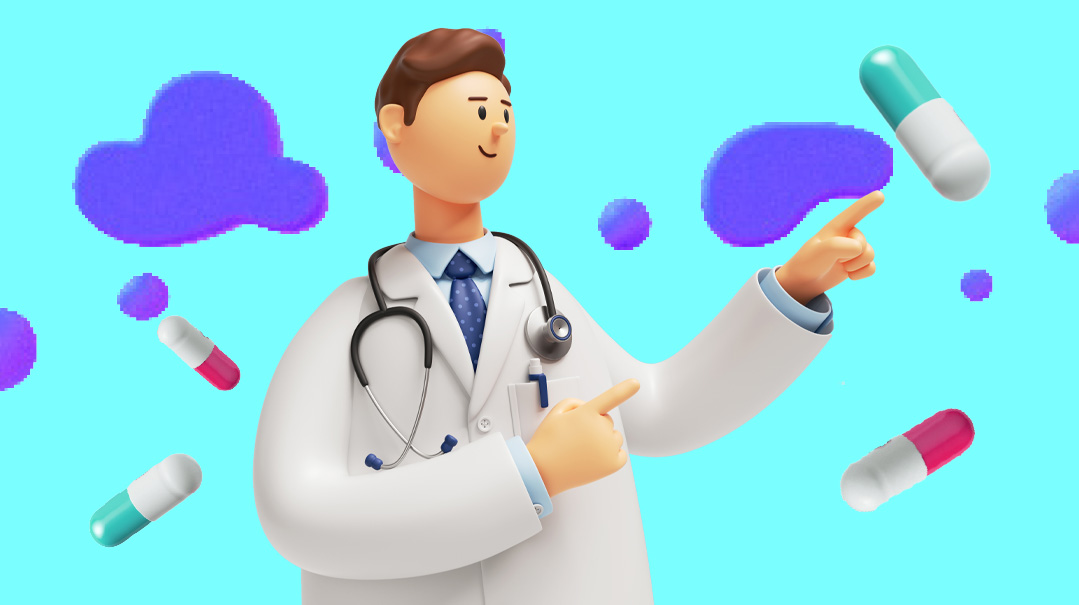Dealing with an Enchondroma Tumor

It’s a benign tumor (not cancer) that can grow inside bones
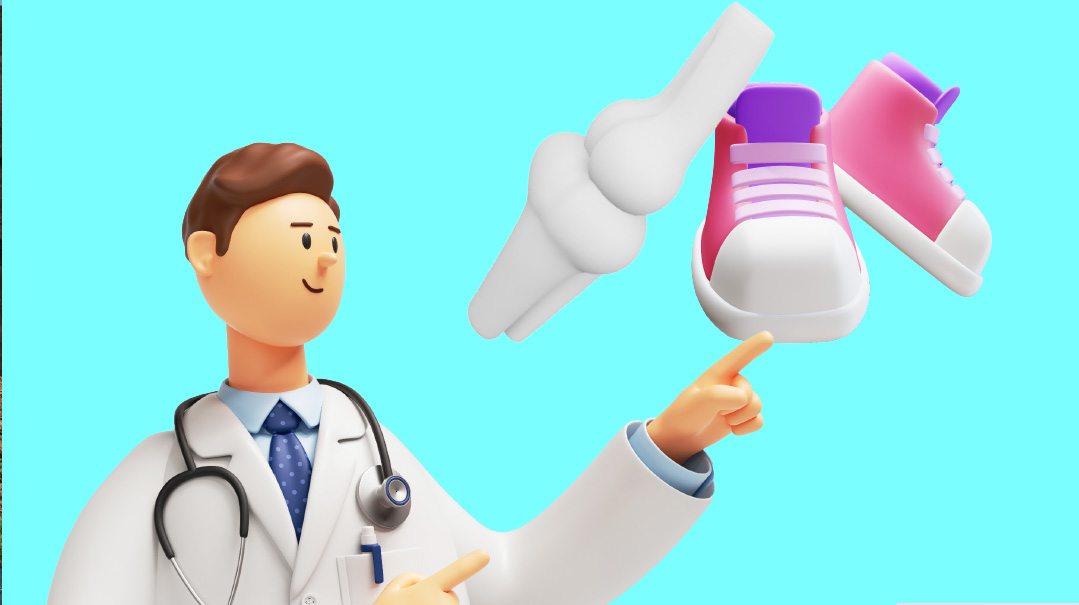
Meet Dudy
HI, my name is Dudy. I live in Israel, and I’m in seventh grade in Talmud Torah. I’m the eighth out of 12 children, which means I have two older brothers and nine sisters! I love to ride my bike, though we learn until five p.m. in the winter zeman, so it’s already dark by the time I get home. I like to play indoor games with my siblings and have outdoor fun with my friends.
When I was ten, an enchondroma tumor was discovered in my leg, just below and behind my knee.
Tell us about getting your diagnosis.
I used to run everywhere I went. Over time, I noticed a strange feeling in my leg that bothered me when I would run. Finally, I told my mother. At first, she thought that maybe I had sprained a muscle, but when she touched my leg, there was a hard knot under the skin the size of an orange. Of course, we went to the doctor right away, who sent us to an orthopedic specialist. He wanted me to go to the hospital for emergency surgery, but it was Friday, and Mommy wanted to talk to Rav Firer first.
Rav Firer is an askan who helps people get the right medical referrals for health problems. He recommended Professor Weintraub, who heads the orthopedic ward at Dana-Dwek Children’s Hospital in Tel Aviv. Mommy called the hospital to ask for his telephone number, and the secretary gave the phone to the professor himself! He said to come right in, and I had to do a lot of tests including blood work, a CT, and a bone scan. Then I went home because the professor was leaving Israel the next day for a few weeks.
Oops! We could not locate your form.

